
One moment you’re fixing a leak in a supermarket freezer, the next you’re waking up with your hand mangled and your life flipped upside down. That’s what happened to Brian Mierendorf, a handyman just doing his job; until an illegal refrigerant turned that job into a nightmare worth $75 million. Read on to learn more.
Overview of the Case
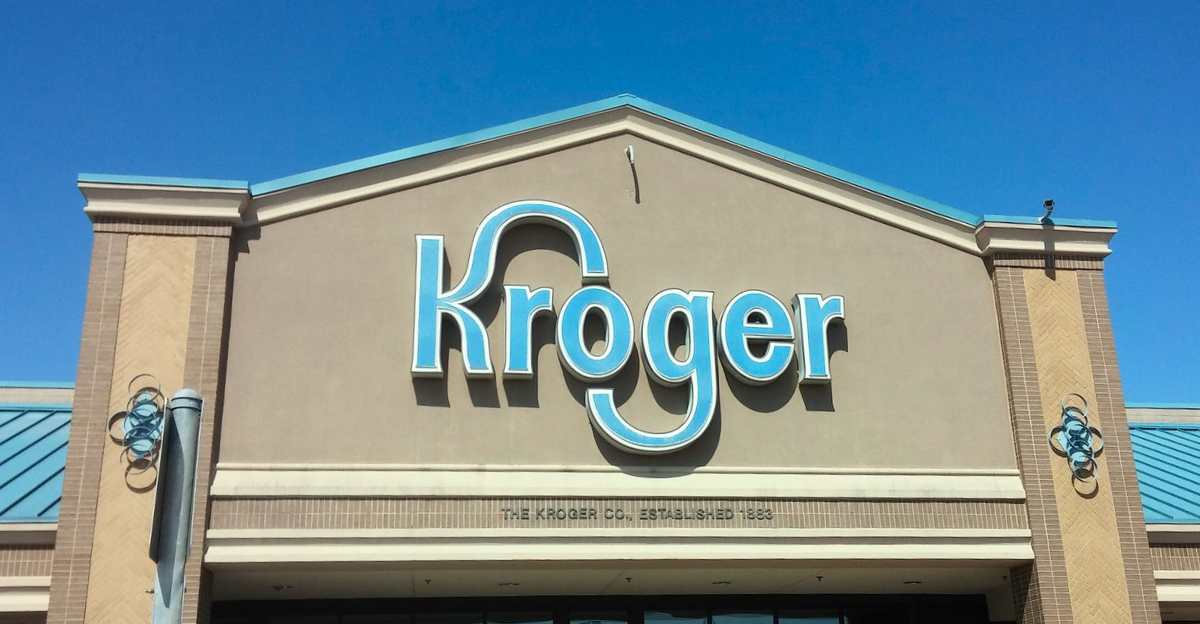
Brian Mierendorf was working at a Fred Meyer store in Washington when things went very wrong. A simple maintenance task turned catastrophic thanks to a leaking refrigerant line. The explosion that followed did more than injure him, it launched a legal battle that would end with one of the biggest injury awards in state history.
The Victim Brian Mierendorf

Brian was the kind of guy every store needs. Handy dependable and always fixing what others broke. He wasn’t chasing glory just clocking in to do his part. But that day in the freezer section? It changed everything. What started as routine maintenance became a permanent detour from normal life.
The Incident What Happened
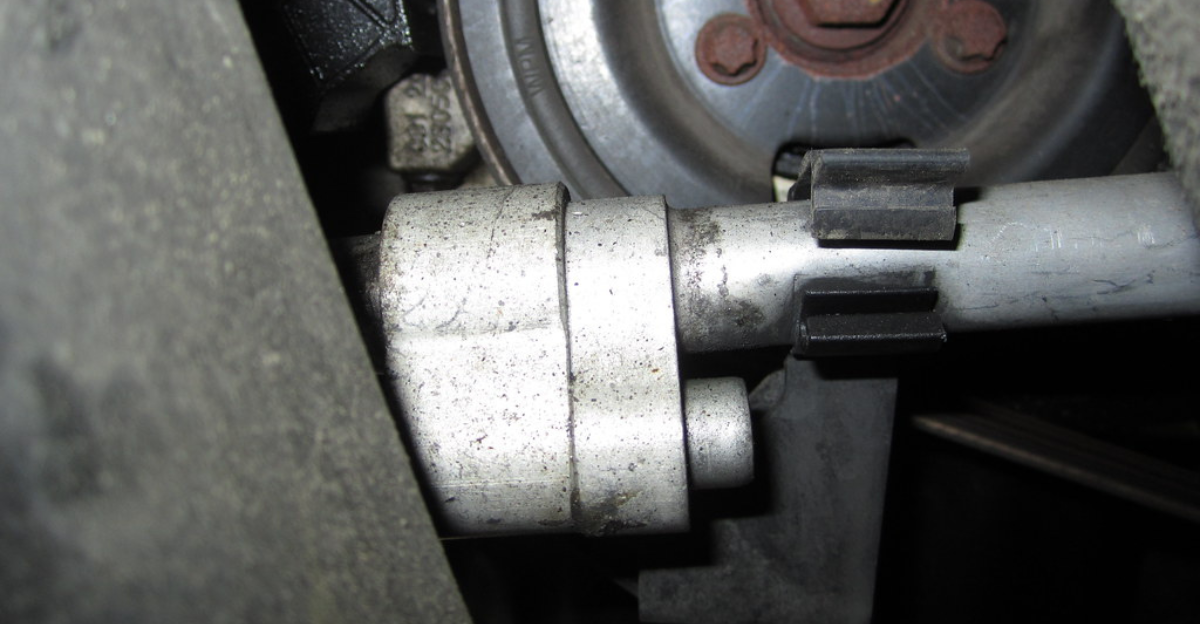
Brian was checking a freezer unit when he noticed something off. A strange smell and a hiss that didn’t belong. Seconds later the refrigerant line burst and the room lit up with a flash. There was no warning, cues or chance to run.
The Refrigerant Leak Explained
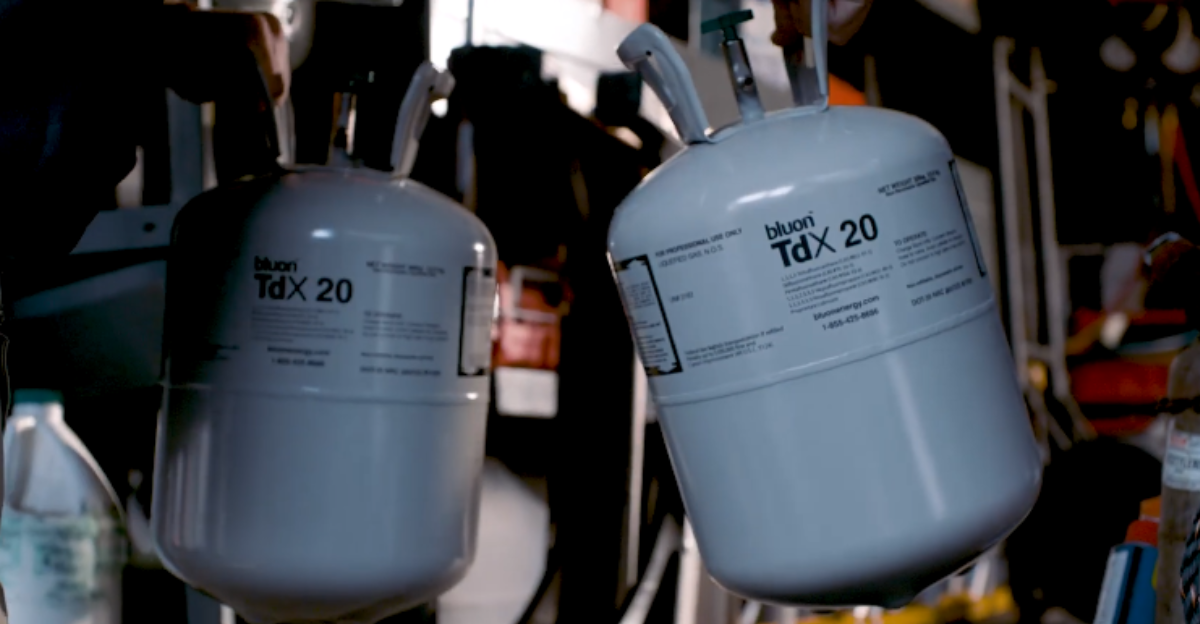
The culprit was R 22 (or R 22a). Yea. We know it sounds like something from Star Wars, but it’s actually a chemical so nasty the government banned it. It damages the ozone layer and is dangerous to humans, and yet it was still lurking in that freezer. Leaking silently, waiting for someone like Brian to stumble into its toxic little trap.
The Aftermath Immediate Response
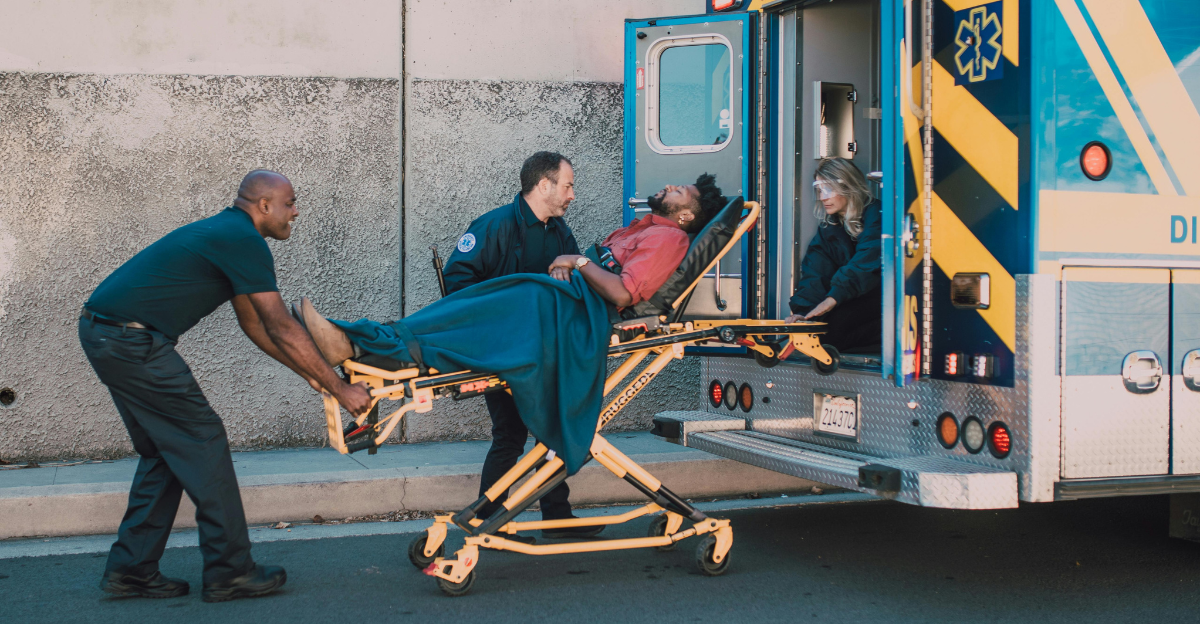
Panic followed the blast. Emergency crews rushed in, alarms blared, and store staff scrambled to make sense of what just happened. Brian was rushed to the hospital while investigators tried to piece together the mess. The store stayed open because of course, it did. Corporate priorities never skip a beat.
The Injuries Sustained

Brian didn’t walk away with a scrape and a story. His hand was torn apart, his skin was burned, and his nerves were damaged. Basically, he lost the function of grip sensation. The kind of injury that makes you relearn how to exist. Every day things turned into exhausting battles. A toolbox guy suddenly couldn’t even hold a coffee mug.
Medical Treatment and Recovery

Surgeries came in waves. Skin grafts, nerve repairs, you name it. Physical therapy felt more like torture sessions. Recovery wasn’t a straight line; it was a cruel zigzag. Brian spent months in hospitals, then years adapting to a body that no longer worked the way it used to. And no miracle fix in sight.
Impact on the Victim’s Life

Brian didn’t just lose a hand, he lost his rhythm. No more fixing things, no more steady paycheck, no more easy mornings. Simple tasks became exhausting puzzles. The emotional toll was even worse. He battled depression, frustration, and isolation. Suddenly, he went from provider to patient, from capable to constantly reminded of what he used to be.
Legal Action Filing the Lawsuit

Brian didn’t come out swinging right away. But when the dust settled and the medical bills piled up, it was clear someone had to answer for this mess. He sued Kroger, the supermarket giant behind Fred Meyer, arguing they knew about the dangers and did absolutely nothing to stop it.
The Court Proceedings
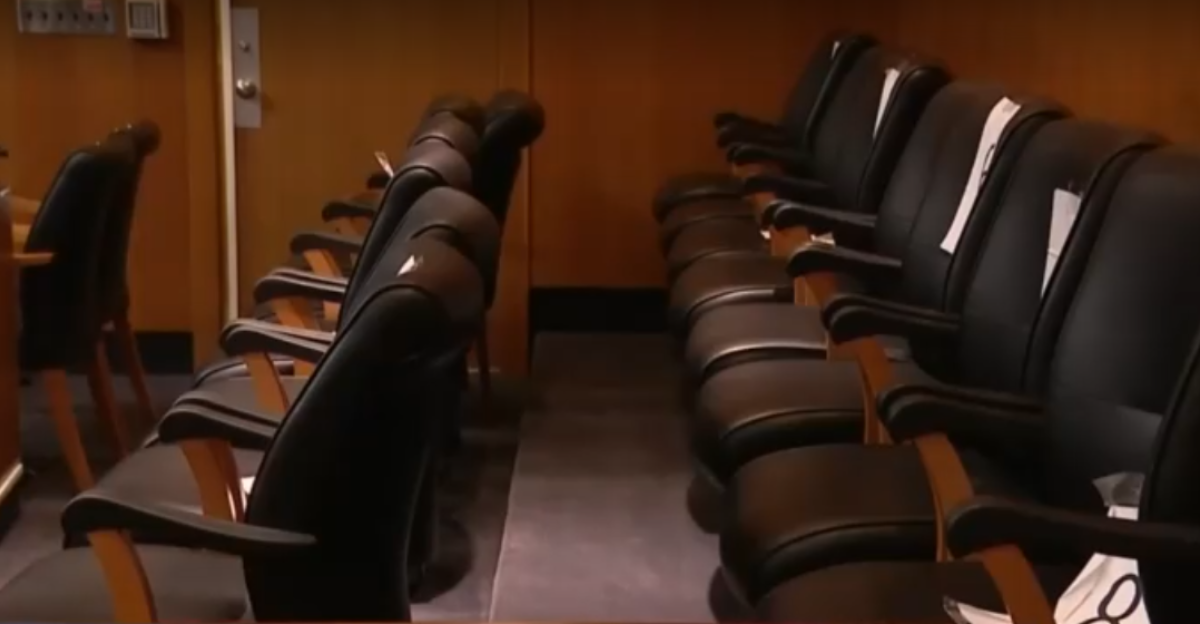
The courtroom wasn’t quiet. Kroger brought their lawyers, Brian brought the truth. Arguments flew, expert witnesses laid out the science, and jurors heard about a freezer unit that should have been retired before smartphones were even a thing. The evidence was out there. This was years of neglect finally catching fire–quite literally too.
Jury Verdict and Award
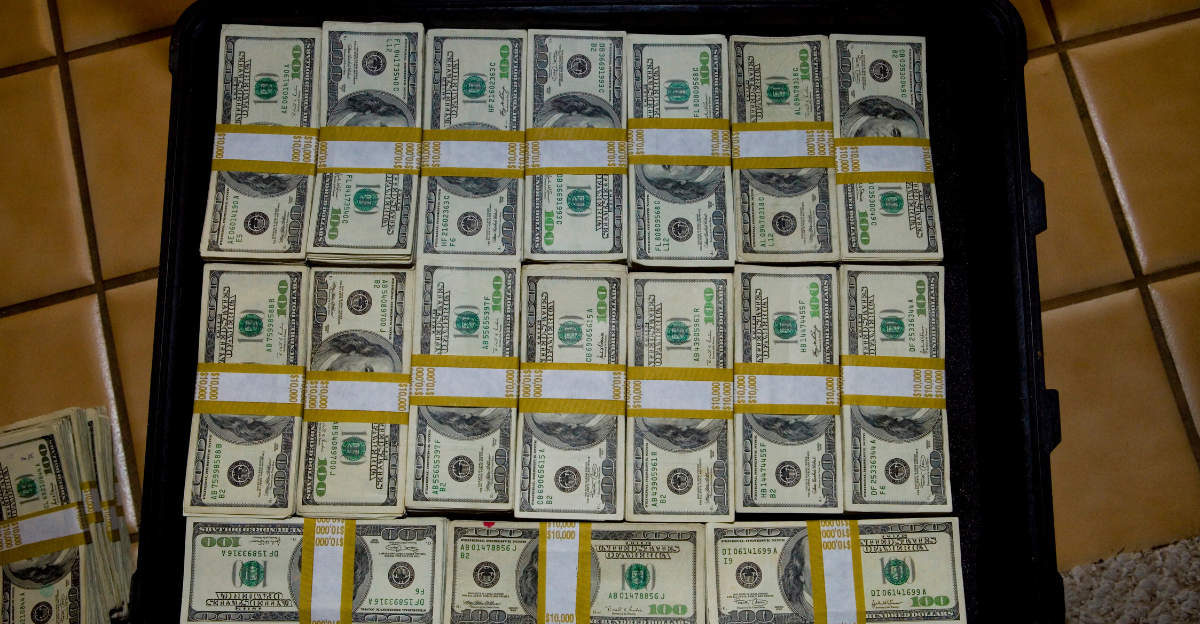
The jury didn’t hesitate. They saw the negligence, the avoidable pain, and the corporate indifference. Their response was a jaw-dropping seventy-five million dollars. Not a typo. Seventy-five million. It sent a message loud and clear: take care of your workers or the courtroom will take care of you.
Kroger’s Defense
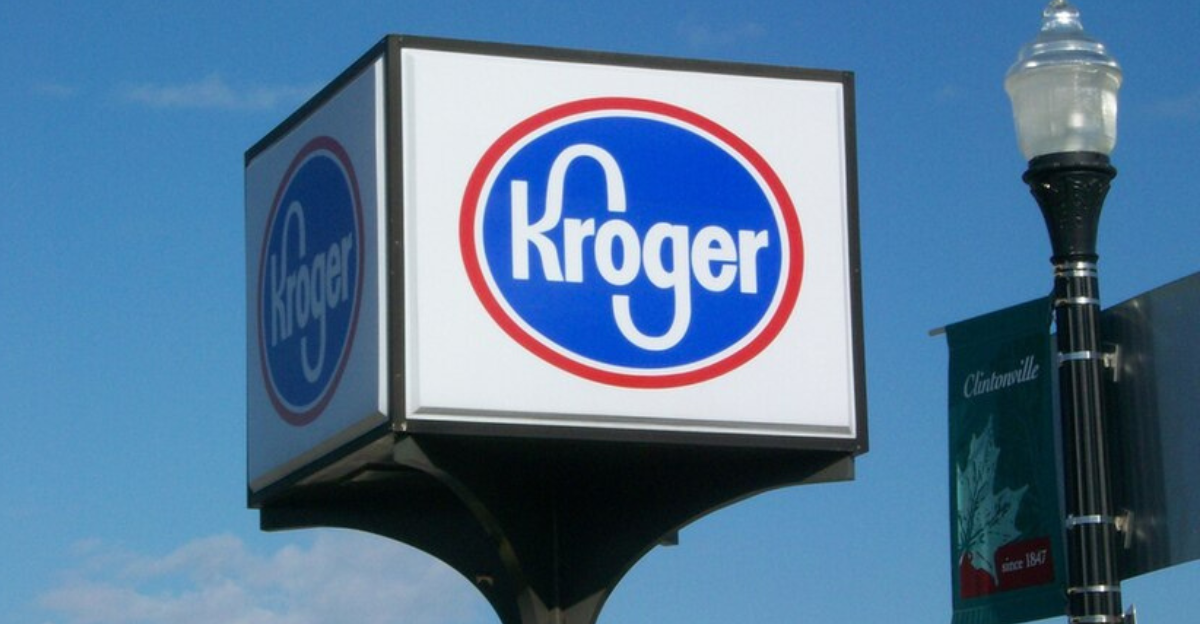
Kroger tried everything. They blamed the contractor, blamed the equipment, blamed anyone but themselves. They argued Brian should have known the risks…as if walking into an invisible gas leak is part of the job description. Their defense looked less like a strategy and more like a desperate game of hot potato.
The Jury’s Reasoning
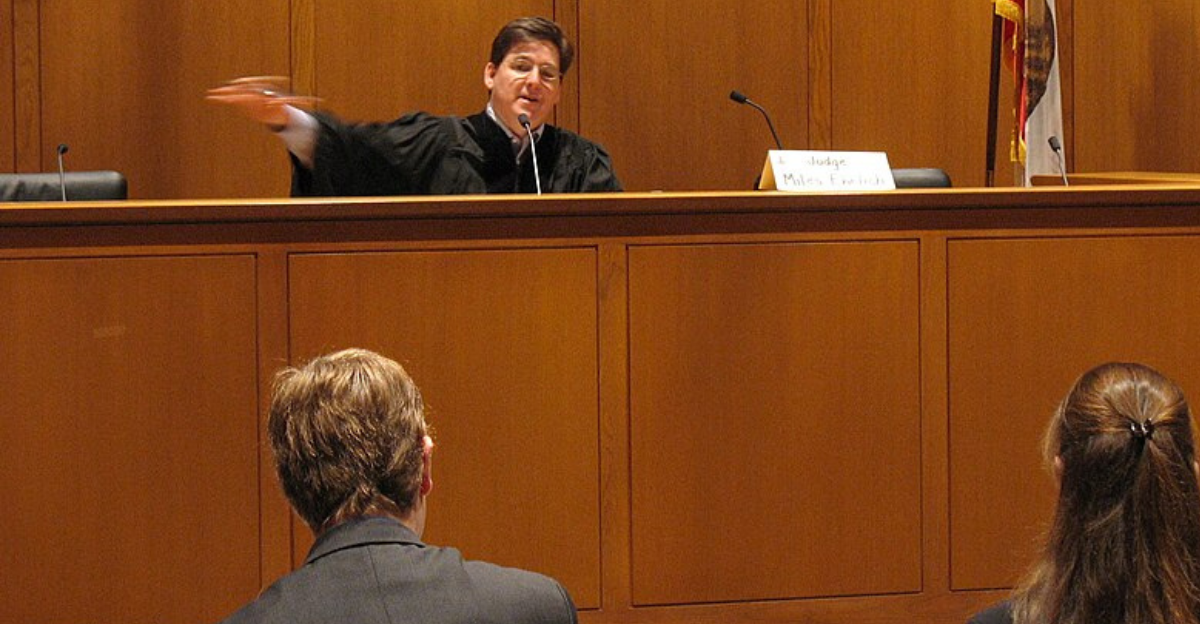
The jury saw through the smoke and mirrors. They focused on what mattered, ie, neglect. Kroger ignored warnings and let outdated equipment sit like ticking time bombs. Brian didn’t ask for millions, he asked for safety. The jury gave him justice and gave Kroger a wake up call soaked in zeros.
Legal Precedents and Similar Cases

This wasn’t the first time a big company cut corners and got burned. Similar cases have seen multimillion dollar verdicts when safety got tossed aside for profits. But seventy five million…now, that’s rare. It set a new bar for what happens when employers gamble with people’s lives and lose badly.
Workplace Safety Regulations
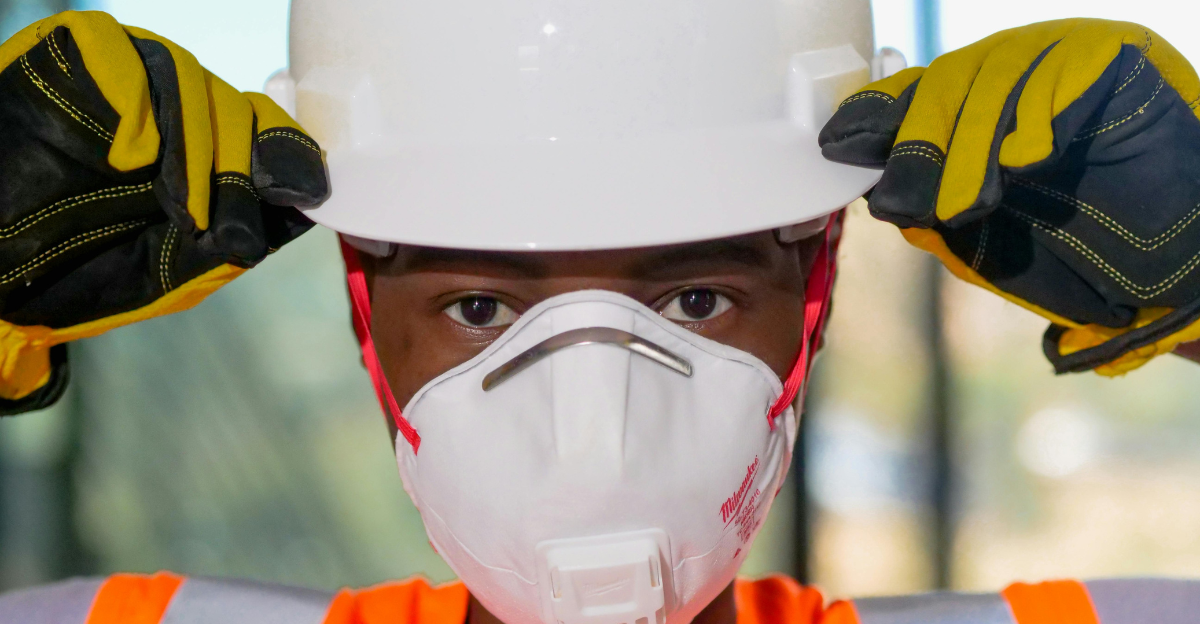
There are rules lots of them. OSHA and the EPA have clear guidelines on handling refrigerants like R 22. But rules only work if companies actually follow them. In this case the playbook was ignored completely. Safety signs were just decoration and Brian paid the price for everyone else’s shortcuts.
The Importance of Equipment Maintenance
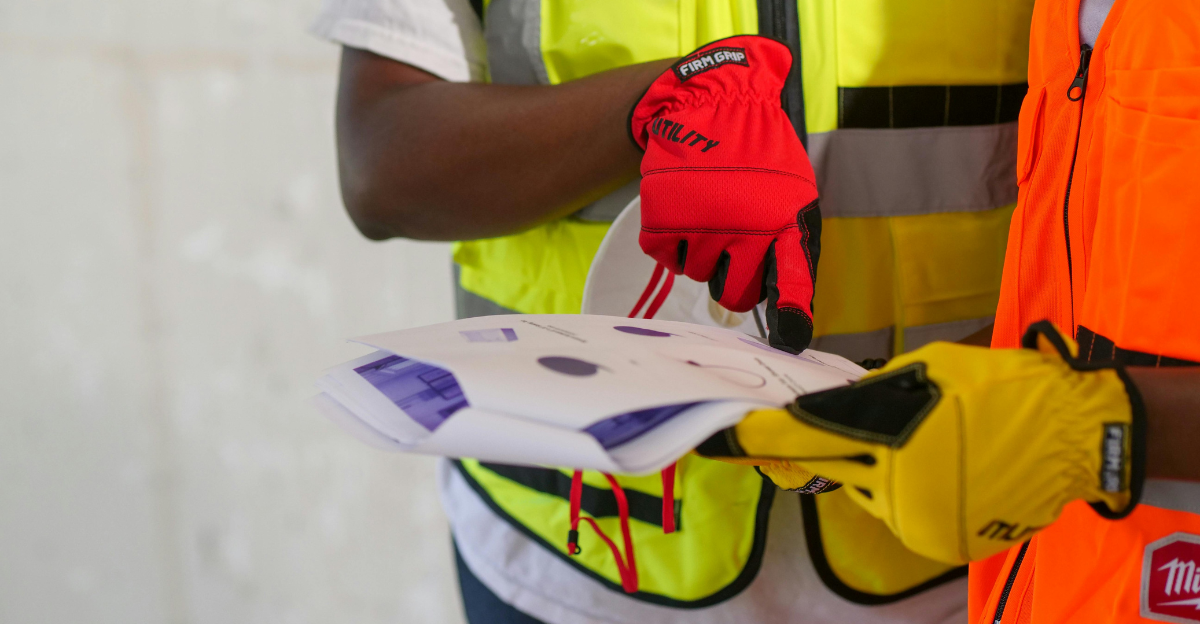
Broken stuff doesn’t fix itself. And in places like grocery stores where chemicals run through pipes, maintenance isn’t optional it’s survival. That freezer unit was old leaking and begging for attention or maybe release. Nobody listened. A routine checkup could have stopped everything but instead it became a million dollar mistake with scars attached.
Broader Implications for Businesses

This verdict rattled more than just Kroger. Every business with aging equipment and a shrug about safety felt that chill. Seventy-five million is a budget buster, a career-ender, a lesson in dollars and consequences. Cutting corners might save time, but it could also cost everything, including your reputation.
Reactions from the Public and Industry

The internet had opinions and lots of them. Some folks cheered Brian’s win, calling it long overdue justice. Others dragged Kroger for putting profit over people. Safety advocates pointed to this case as Exhibit A while industry insiders quietly reviewed their own maintenance logs, sweating just a little more than usual.
Conclusion
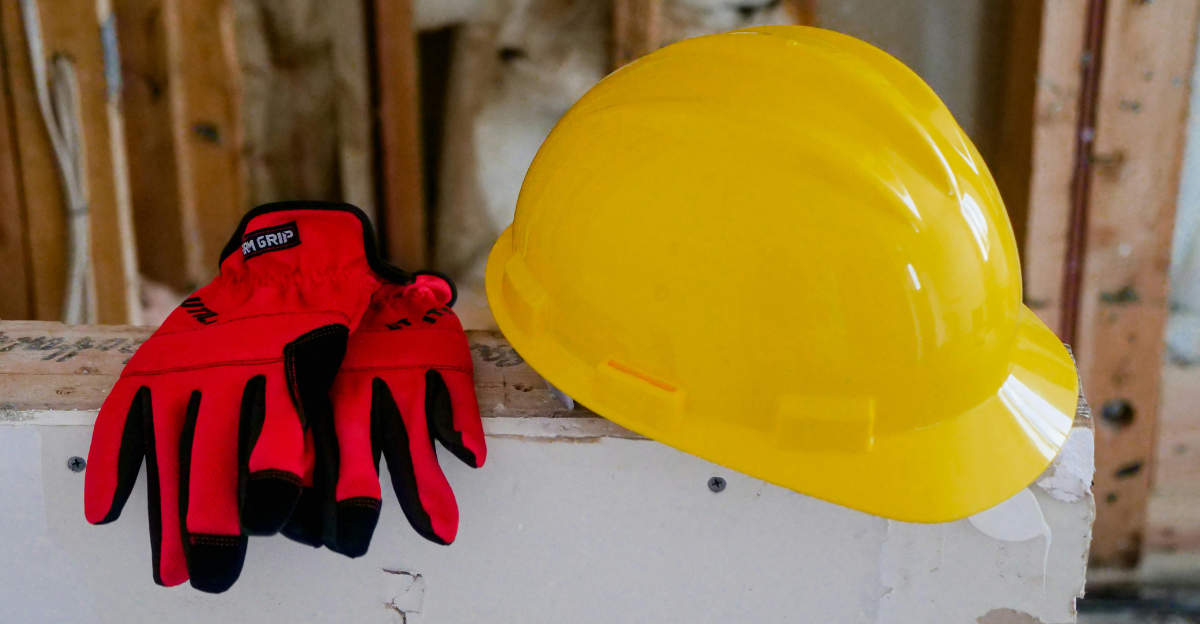
Brian’s story isn’t just about one accident; it’s about what happens when safety gets sidelined. A man walked into work and left with a lifelong injury. A company looked the other way and got slammed with seventy-five million reasons to pay attention. The lesson here protect your people or pay the price.